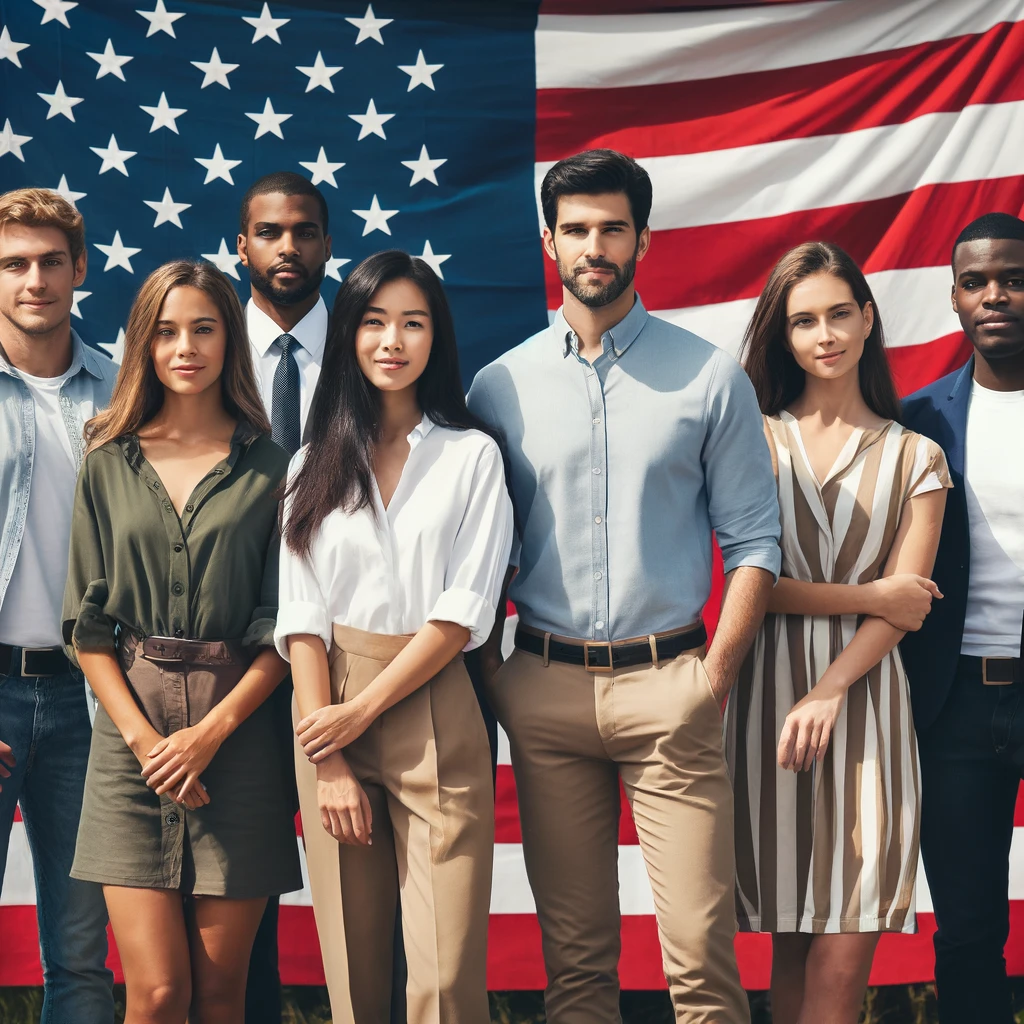
The performance of our active-duty military, national guard, and reserves was commendable during the wars in Iraq and Afghanistan. These young men and women continue providing exemplary service to our country. The public has rallied behind them to support them and to thank them for their efforts. This old Vietnam veteran is thrilled to see the public response to our young service people.
There is one thing that concerns me though. The ranks of our armed forces continue to be drawn from an ever-smaller percentage of our population. I cannot adequately express how proud I am of the young people who have chosen to voluntarily serve our country. Unfortunately, these patriotic young people do not represent our population as a whole and recruiting goals frequently are unmet. One of the few exceptions is the Marine Corps, in which most of you know I proudly served. But it is small and has high Esprit de Corps and appeals to those looking for a challenge.
Personally, I feel it was the greatest privilege of my life to serve as a member of our Armed Services and protect our country and our way of life. I firmly believe those who now serve share this conviction.
However, most of our citizens now are not directly impacted either by personal military service, other types of public service, or by the service of family members. I would like to see the benefits of public service extended to all members of our population, even those for whom military service may not be appropriate.
Perhaps we should consider a program of universal national service. Such a program might begin with a two-year national service obligation that would begin at age 18 but could be delayed for education or other appropriate reasons.
Universal national service could include not only the military, but also such existing programs as the Peace Corps and AmeriCorps/Vista. We might also consider bringing back older programs such as the Civilian Conservation Corps to work on infrastructure. There could be options for service in teaching, law enforcement, firefighting, or emergency medical services. This type of public service could not only help fill nation-wide shortages but could also lead to long-term careers in these fields as well. Delay of service obligations could be available for those in training to serve as military officers, or in training to be teachers or in medical fields that require advanced education and who agree to work in underserved areas following completion of their training.
I don’t pretend to know the details of putting such a program in place. I’m sure it would be very complex and expensive to initiate. But I think there would be many benefits ranging from reduced unemployment to job training to education. But most importantly it would enhance a sense of pride in being Americans, give personal satisfaction in improving the lives of our fellow citizens and strength our of our sense of community. All of this while contributing to the common good.
There’s an old saying, “Freedom is not free”. We now have only a small part of our population that pays the price of freedom for the rest of us. We owe them a debt that cannot be repaid. Isn’t time for everyone to help share the burden and enjoy the pride of protecting and maintaining our freedom, keeping our nation strong and providing for those who need our help?
And that is my grumpy opinion.
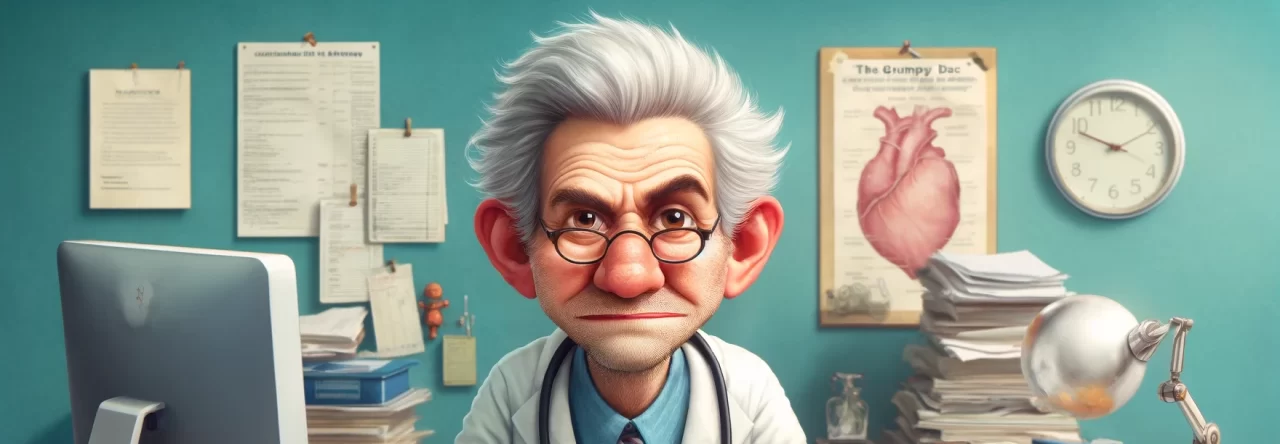
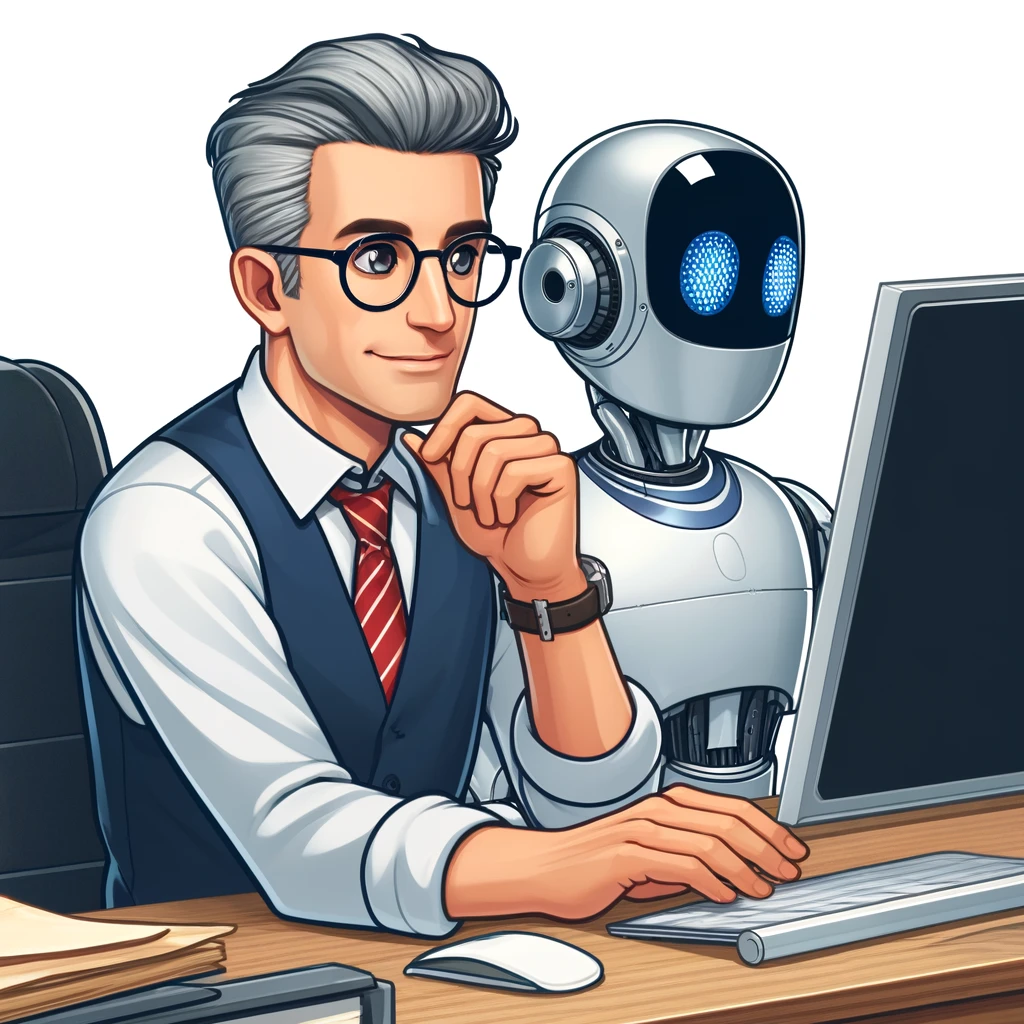



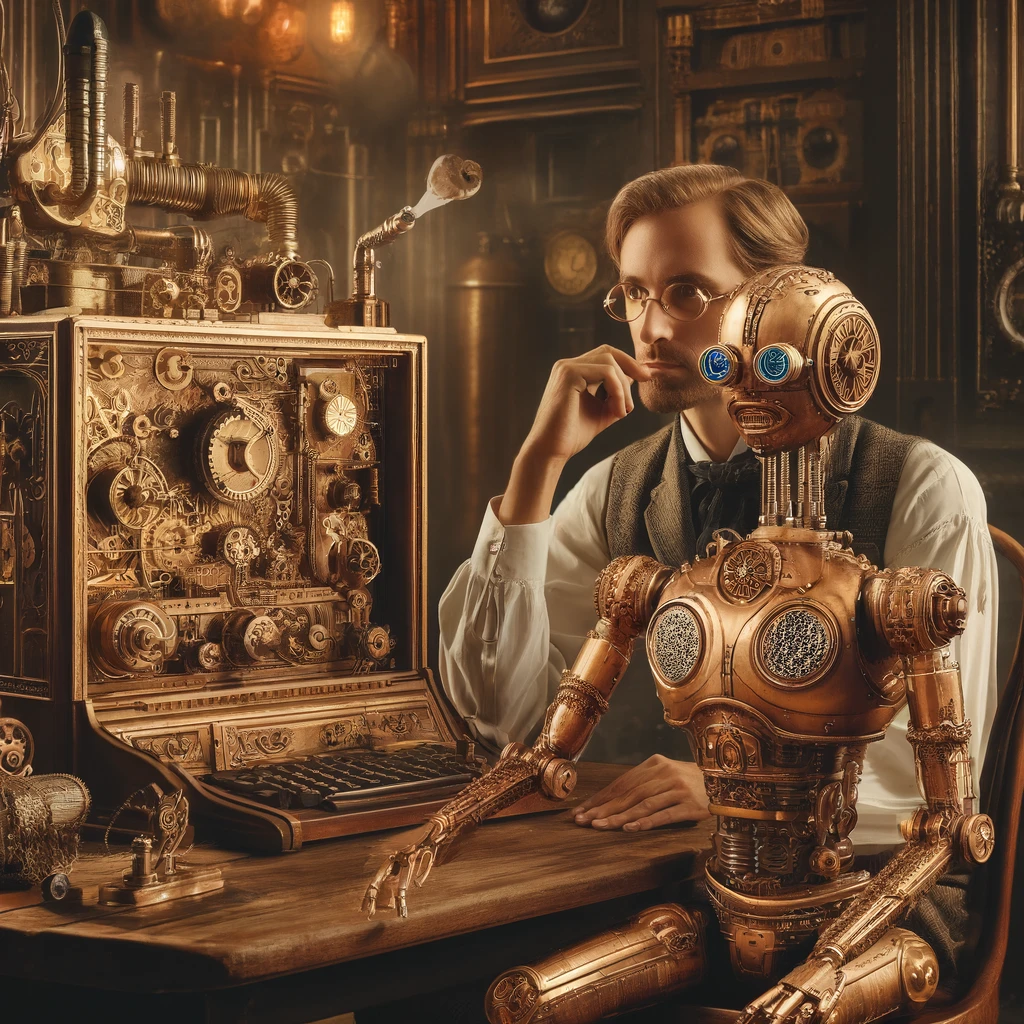





















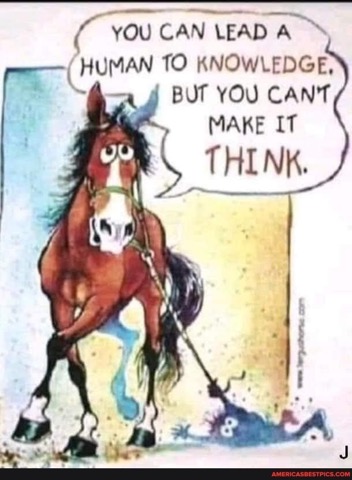
The Power of Myth and Legend
By John Turley
On May 30, 2024
In Commentary, History
A brief history of myths and legends
This is the first in a series of posts on myths, legends, lies, and propaganda. Above are illustrated Thor, Paul Bunyon, and Zeus. Instinctively we know Thor and Zeus are myths and Paul Bunyan is a legend. But how do we know that?
Let’s start with the Merriam-Webster definitions.
Myth: “a usually traditional story of ostensibly historical events that serves to unfold part of the world view of a people or explain a practice, belief, or natural phenomenon”. Legend: “a story that comes from the past, especially one that is popularly regarded as historical but not verifiable. Legends are also traditional but unfounded stories that explain the reason for a current custom, belief, or fact of nature.”
As with many dictionary definitions, these are broad and give the general concept without developing any detail. One important element is included in the definition of both; they are based on traditional stories that have evolved through shared historical experiences and understandings. They are generally not created as a single fully developed narrative. Almost all cultures have a tradition of myth and legend. For example, the “creation” myth is surprisingly similar among diverse societies.
So, how do we differentiate between the two?
Myths are primarily religious or spiritual in nature and evolve to help people understand the mysteries of the physical universe. They typically involve supernatural beings represented as “gods”. For example, early people did not understand that the rotation of the earth caused night and day. As a way of dealing with this they created the myth of a god driving a flaming chariot across the sky.
Legends, on the other hand, are usually based on a historical person or are, perhaps, a synthesis of several people into a single legendary figure. They are less about the supernatural or divine but more about human heroes who accomplished extraordinary deeds. Legends evolve over time with the hero frequently accomplishing great feats that reflect the concerns of the population at the time. The legends are intended to inspire and to contribute to societal cohesion. The legend can have variations in many areas over many years. The classic example of this is the King Arthur legend which comes in many forms in different countries spanning several centuries. Daniel Boone and Davy Crockett are examples of historic Americans who have evolved into near legendary status.
As you might expect, myths and legends can overlap and can even melt into one another. They can also be incorporated into propaganda and can be used to support false narratives of history and society. For the rest of this post, I’m going to principally look at myths because of their similarity to legends and because sometimes it may be less clear that the origins of some belief may be steeped in mythology or legend.
More About Myths
Myths serve a variety of purposes. They are used to explain natural events that are not well understood. A variety of “gods” were created to help people feel they had a sense of control in a world that seemed very dangerous to them. They helped people feel there is a purpose to existence.
Myths also help shape cultural and social identities. They give people a sense of shared history and reflect community values and customs. The myths frequently contain ethical and moral lessons. Myths help create unity in times of difficulty and can be a source of inspiration. Myths can also be used as an object lesson about what could happen to those who don’t respect community values.
In preliterate societies, myths performed a service of historical or cultural preservation, particularly as it relates to behavior and beliefs. Myths frequently use symbolic language and narrative to enhance societal cohesion. They reinforce a feeling of belonging within the group.
Myths can have an emotional appeal and are more engaging than a dry listing of facts. They can often provide a simple answer to complex problems. Societies find comfort in the stability that an underlying myth can provide even if there is no empirical evidence to support it. Myths can become so embedded in a society’s religion, art, and literature that some people often have trouble separating the myth from the reality of the world around them.
The belief in myths is not always consistent among groups and cultures. In some societies, myths are taken literally while in others they are taken allegorically. The belief in myths has changed over time as societies have evolved knowledge and scientific understanding. But they all share an attempt to transform the metaphysical to the literal.
While the evolution and perpetuation of myths was of great value to early societies, continued reliance on myths as a source of knowledge often hampered scientific development. Throughout history, there have been persecutions of people who proposed new scientific knowledge or philosophical opinions that varied from society’s foundational myths.
We tend to think of myths as having arisen in the mystic past. We think of them as entertaining stories with little relation to our lives. However, myths continue to evolve, and new myths are continually created. In my next post, New Myths Arise, I’ll talk about two myths particular to the United States that have risen within the last 150 years and still have a continuing impact on our society.